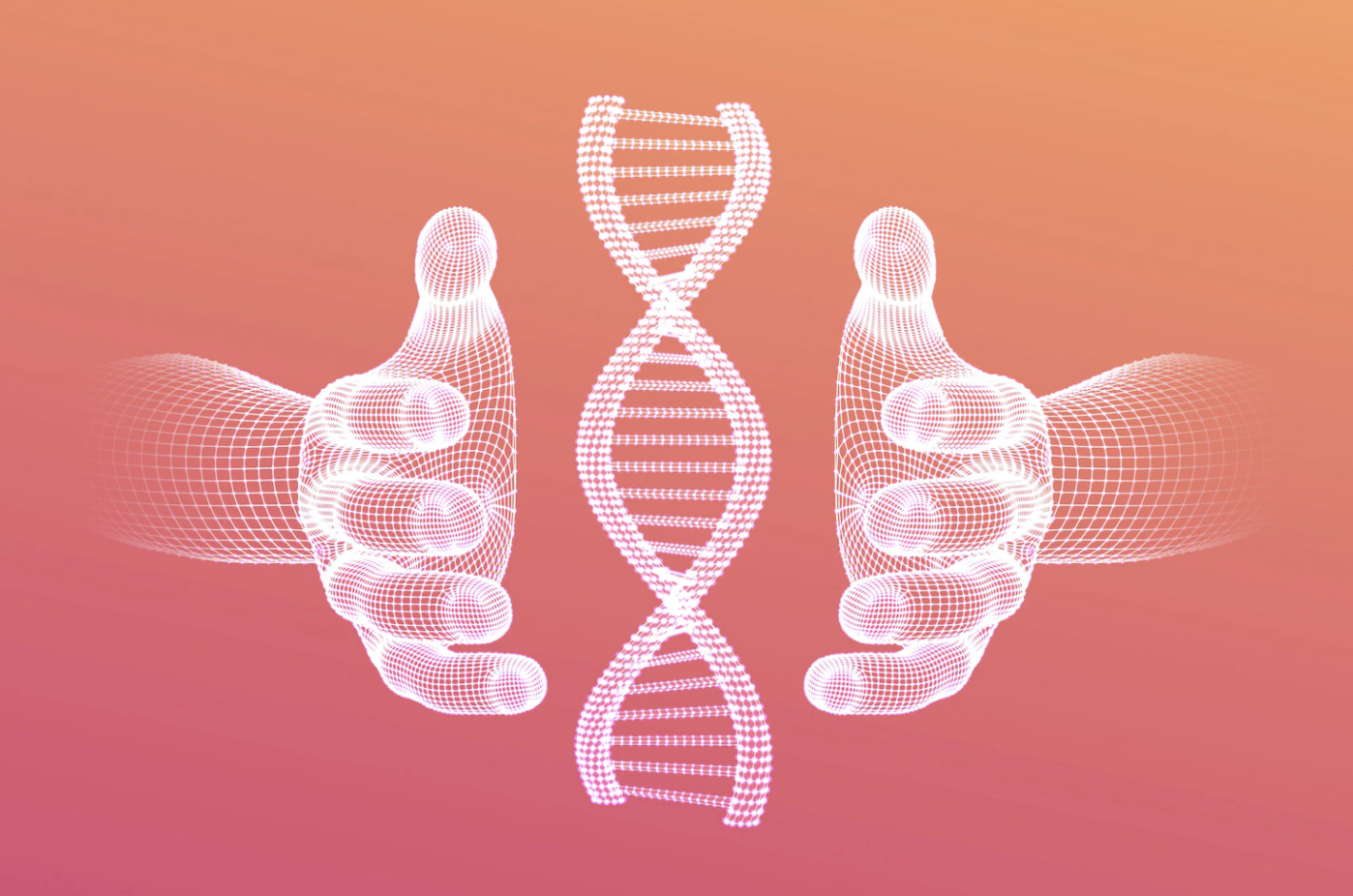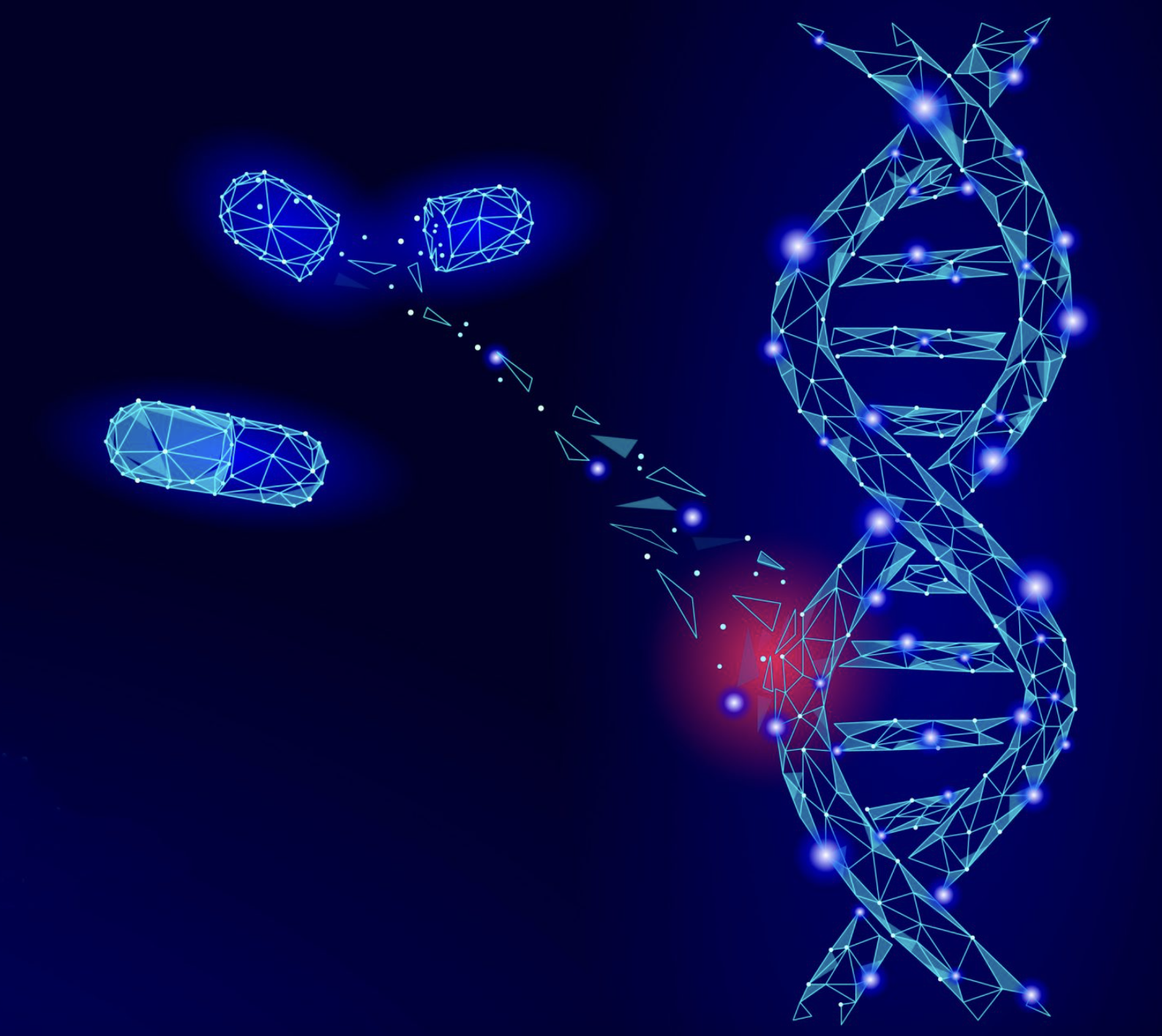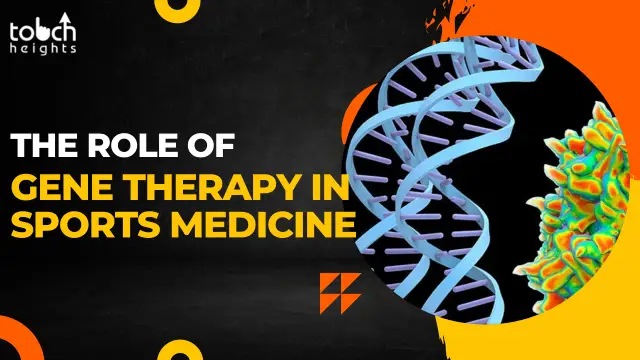To have a therapeutic impact, human gene therapy entails inserting DNA (or RNA) into somatic cells. The original goal of gene therapy was to address hereditary diseases. In this case, defective or missing genes may be corrected or replaced. Gene therapy has expanded its uses in recent years, with studies addressing a wide range of clinical issues, including genetic illnesses, cancer, infections like HIV, and degenerative diseases.

There are other ways to introduce genetic information into cells, but the viral vector is the most used one. To do this, viruses are genetically modified to lose their infectious potential but keep their ability to deliver therapeutic genes to a specific subset of target cells.
The inserted sequences can either be utilized to block a foreign protein, as would be the case with HIV infection, or they might be used to encode a missing or mutated product, as might happen in the case of cancer. Numerous viruses have been used to create viral vectors. Some, like the adenovirus, are linked to relatively minor human diseases, but others, like HIV, are linked to more serious illnesses. Certain viral characteristics, such as the ability to permanently integrate inserted genetic sequences into the genome of the host cell, are particularly advantageous for gene therapy.
There are several physicochemical techniques for delivering DNA (or RNA) into somatic cells besides viruses. The one that is most pertinent to sports involves injecting DNA directly into cells after it has been prepared with a chemical carrier for faster cell absorption. All of the physicochemical methods have failed in human studies because they don’t accomplish enough gene transfer to have a therapeutic effect.

Over a thousand clinical experiments have been conducted on gene therapy since 1990, but overall outcomes have been dismal. 1 Gene therapy has only been used to treat two disorders effectively. Both SCIDX1 and ADA deficiency are severe types of combined immunodeficiency. 2,3 Three of the 18 SCID-X1 children who received treatment for the condition developed leukemia, which is regrettably a price for success. Insertional mutagenesis, which was previously thought to be a remote theoretical danger related to the integrating gene transfer method utilized, has now been demonstrated to have been the source of this.
Gene therapy currently has three drawbacks:
(a) Gene transfer technologies are inefficient for the majority of applications.
(b) There are still unresolved concerns associated with therapeutically advantageous gene transfer technology.
(c) The biology of therapeutically relevant target cell populations is still poorly understood.
Gene doping in sport
Now that drug cheating and blood doping are possibilities, athletes and athletic officials must also think about gene doping.
7 Gene doping is paradoxically more practical since the desired impact may only be short-lived and a very significant output from the injected gene may not be necessary, even though therapeutic benefit from gene therapy is difficult to obtain. Injections given regularly during athletic activities may be sufficient. Gene doping is made further simpler by the fact that, unlike in the case of treating a disease, it is not required to control the transplanted gene so that its output complies with certain cellular needs.

Growth hormone, insulin-like growth factor I, and erythropoietin are examples of genes relevant to doping that have been cloned and are therefore easily accessible. They might be utilized as a different method of creating a variety of performance-enhancing substances. Making judgments regarding risk against benefit is simple because ingesting these compounds in the form of conventional drugs is recognized to have certain dangers. The same cannot be said for gene doping, as there are still many unanswered questions regarding this type of biological manipulation. Because effects cannot be foreseen, the athlete who chooses this method of cheating has little control over the outcome.
For instance, the random integration of vector sequences may result in problems like acute leukemia or other types of cancer. Finally, gene transfer is difficult to reverse, unlike taking medicine, so any negative consequences may be long-lasting. Additionally, there is a slight chance that an athlete’s offspring may unintentionally inherit harmful genes from him or her.
Bottom Line:
Today, consuming standard chemical products has significantly bigger hazards than gene doping. Athletes should be well informed about the dangers and potential future advantages of gene therapy. Many of the difficulties may be avoided as technology advances, necessitating constant evaluation of the risk of gene doping.
It will be feasible to identify gene vectors or their products, as well as detect gene doping cheaters using conventional techniques. Bypassing different metabolic pathways with the use of genes may alter gene expression patterns, which may provide a new method for identifying gene doping.






